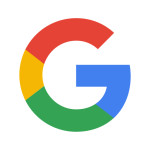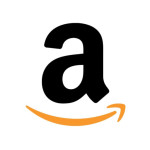If you’ve been using social media or the internet over the past decade, chances are you’ve encountered something created or owned by Meta, the tech giant formerly known as Facebook. But just how large is Meta, and what does it encompass? Let’s take a closer look.
The Facebook Identity Shift
Meta Platforms Inc., which was originally launched as Facebook in 2004, made headlines everywhere in 2021 when it announced an ambitious rebrand to Meta. The change wasn’t just a cosmetic update. It signified a seismic shift in focus: from being a social media-centric company to becoming a frontier leader in the virtual and augmented reality space, known as the Metaverse.
Understanding the Metaverse
The Metaverse is a virtual space where people can interact with each other in a more immersive environment, using avatars and advanced technology. Meta’s vision with the Metaverse is to create a digital world that could be used for socializing, working, playing, and much more – essentially, it’s envisaging a future version of the internet you can walk around in.
Meta’s Major Platforms
Meta’s influence spans several platforms. Here’s a simple breakdown of its major properties:
- Facebook: The largest social networking site in the world, known for connecting friends, family, and businesses.
- Instagram: A photo and video sharing social networking platform that has become hugely popular, especially among younger users.
- WhatsApp: A messaging app used worldwide for text, voice, and video communications.
- Messenger: A separate app for Facebook messaging, allowing users to chat independently of the Facebook app.
- Oculus: Virtual reality hardware and software producer, crucial to Meta’s Metaverse developments.
Global Reach and Workforce
Meta is not limited to the United States; it is a global entity. It serves billions of users, with Facebook alone boasting over 2 billion daily active users by 2023. Their apps are used in almost every country around the world, thanks to the internet and increased digital device usage.
The company employs more than 58,000 people globally. Their workforce is involved in everything from developing new technologies and building digital infrastructure, to moderating content and supporting the diverse community of users.
Financial Strength
Being one of the world’s largest tech companies, Meta also stands out financially. The company generates billions of dollars in revenue, mainly from advertising. Businesses big and small use Meta’s platforms to reach a vast audience, tapping into the detailed user information to tailor their advertisements effectively.
Challenges and Criticisms
Despite its success, Meta has not been free from challenges. It faces scrutiny over privacy concerns, the spread of misinformation, and the impact of its apps on mental health. Governments and regulatory bodies around the world have called for stricter controls and greater accountability, which Meta continues to address.
In addition, developing the Metaverse requires significant investment, and it remains to be seen how this ambitious project will pan out in the coming years.
Meta’s size is not just measured by its financials or user base, but also by its cultural impact and influence. As one of the defining tech companies of the 21st century, its ongoing evolution, challenges, and initiatives are important to watch.










